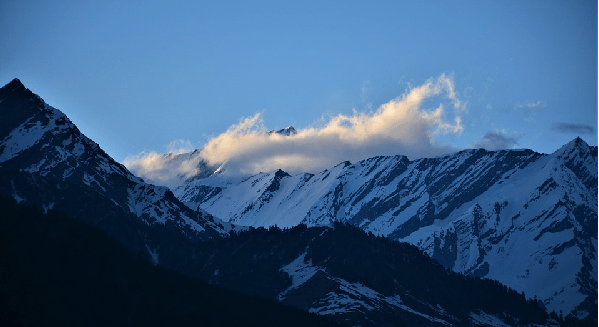
According to a study titled “Glaciers of the Himalayas, Climate Change, Black Carbon and Regional Resilience” by World Bank (WB), black carbon (BC) deposits produced by human activity which accelerate the pace of glacier and snow melt in the Himalayan region can be sharply reduced through new, currently feasible policies by an additional 50 per cent from current levels.
- The research covers the Himalaya, Karakoram and Hindu Kush (HKHK) mountain ranges.
- As per report, glaciers are melting faster than the global average ice mass in these areas.
- The rate of retreat of HKHK glaciers is estimated to be 0.3 metres per year in the west to 1.0 metre per year in the east. BC adds to the impact of climate change.
What is Black Carbon?
- Black carbon (BC) is a short-lived pollutant that is the second-largest contributor to warming the planet behind carbon dioxide (CO2).
- Unlike other greenhouse gas emissions, black carbon is quickly washed out and can be eliminated from the atmosphere if emissions stop.
- Unlike historical carbon emissions, it is also a localised source with greater local impact.
Mitigation measures
- Full implementation of current policies to mitigate black carbon can achieve a 23 per cent reduction but enacting new policies and incorporating them through regional cooperation among countries can achieve enhanced benefits, says the report.
The report recommends following measures to phase out black carbon:
- Enhancing fuel efficiency standards for vehicles,
- phasing out diesel vehicles and promoting electric vehicles,
- accelerating the use of liquefied petroleum gas for cooking and through clean cookstove programmes, and
- upgrading brick kiln technologies.
(Source: The Hindu, updated on June 5, 2021)


